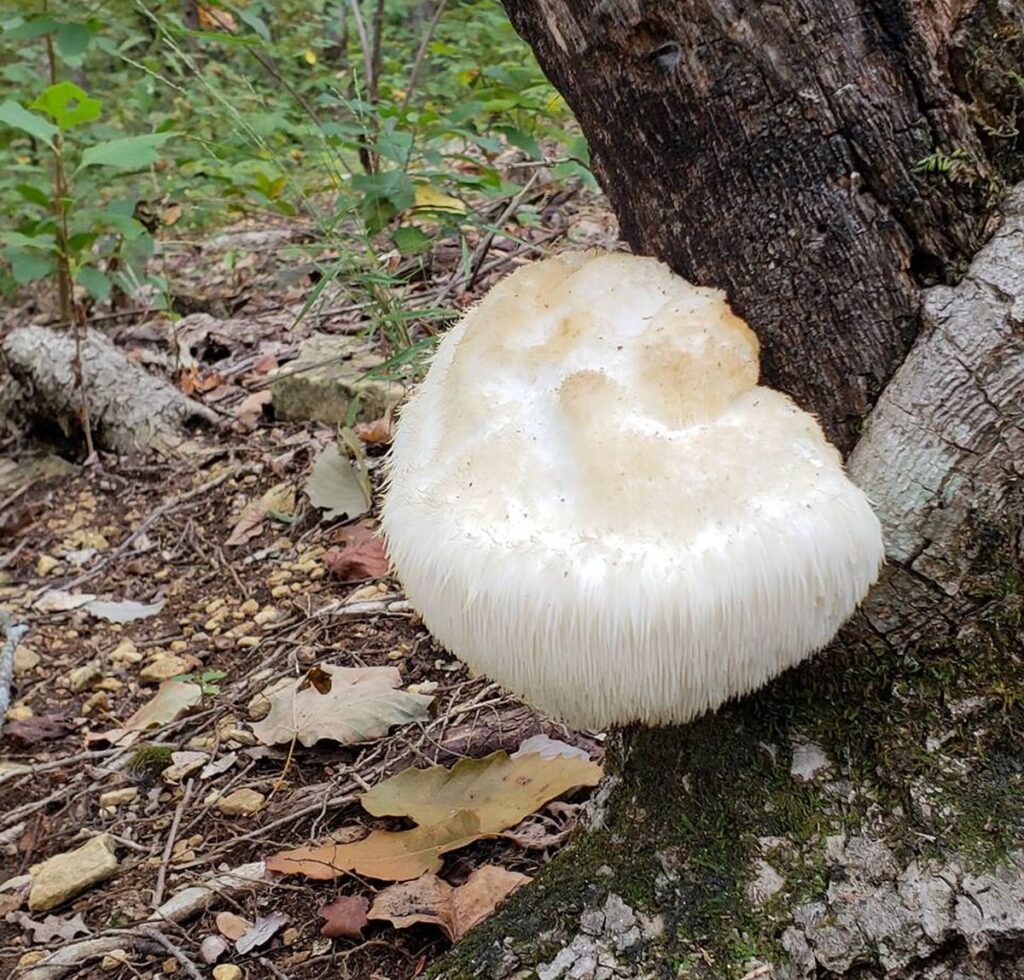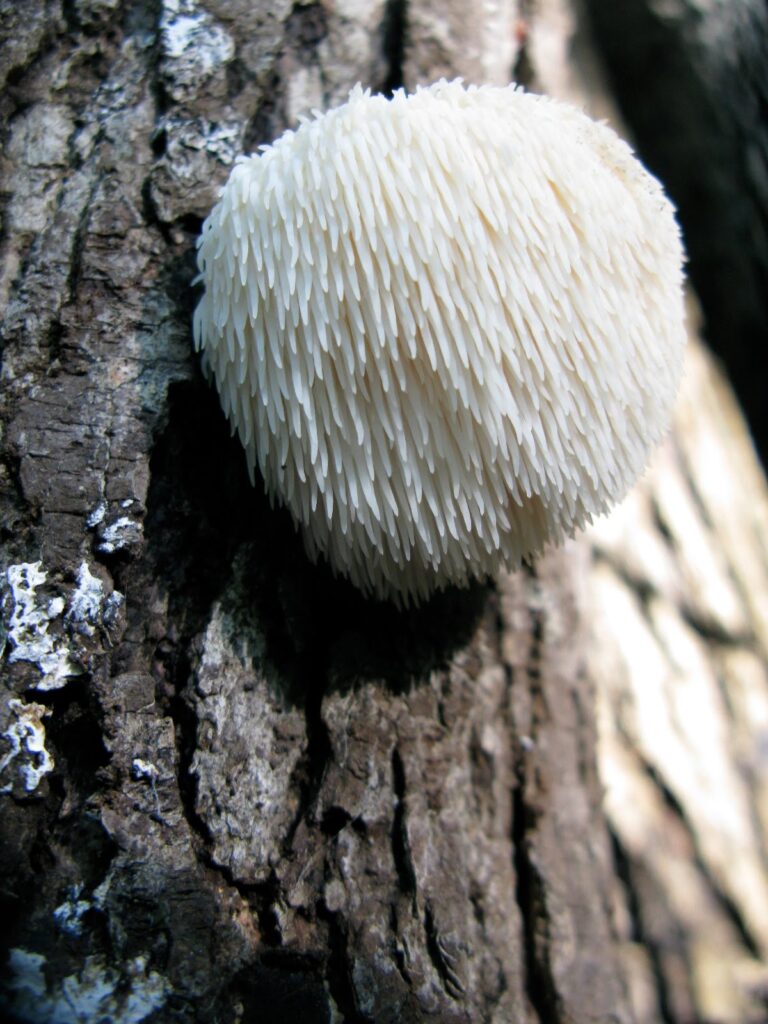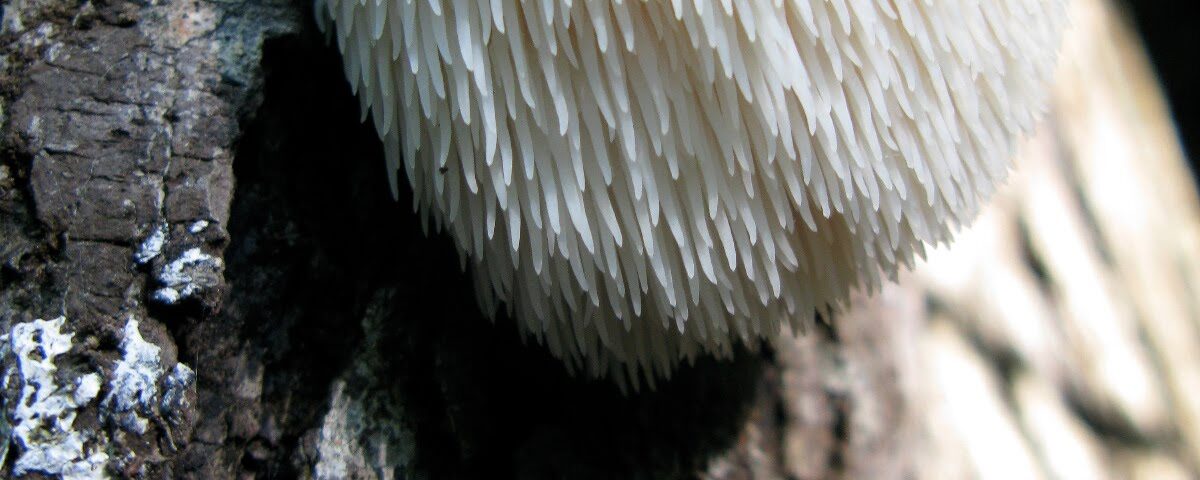The Lion’s Mane Mushroom, also known by its scientific name Hericium erinaceus, is a highly prized edible and medicinal mushroom that is native to North America, Europe, and Asia. With its unique appearance, it’s easy to see why it’s one of the most sought-after species of fungi. In this article, we will cover everything you need to know about the Lion’s Mane Mushroom, from where to find it, how to identify it, to how to prepare and store it, and even its historical uses.
Where to Find: you can find them growing on hardwood trees, particularly on dead or dying oak, beech, and maple trees. They are often found in late summer to early fall in temperate and sub-tropical climates. If you’re looking to hunt Lion’s Mane mushrooms, you can try visiting forests, parks, and other natural areas.
Identification: This mushroom is easily recognizable by its unique appearance, it looks like a white, dense, and shaggy mane. The fruiting body can grow up to 8 inches in diameter and is composed of long spines or teeth. When young, the mushroom has a white color and a slightly translucent appearance. As it matures, it takes on a yellow or brownish color.
Preparation & Storage: They can be prepared in many different ways, including sautéing, roasting, and stir-frying. They have a seafood-like flavor and can be used as a substitute for seafood in dishes such as soups, stews, and pasta. To store Lion’s Mane mushrooms, wrap them in a paper towel, place them in a paper bag, and store them in the refrigerator.
Historical Uses: Lion’s Mane mushrooms have been used for centuries in traditional Chinese medicine for their medicinal properties. They are believed to boost brain function and protect against nerve damage. In addition, Lion’s Mane mushrooms are also said to have anti-inflammatory and immune-boosting properties.
Look-alikes: There are several look-alikes that you need to be aware of when foraging for Lion’s Mane mushrooms, including Bear’s Head Tooth, Turkey Tail, and Yellow Brain. Make sure to properly identify the mushrooms you find before consuming them to avoid any potential health risks.
Conclusion: These highly prized edible and medicinal mushroom are prized for their unique flavor and health benefits. With proper identification and preparation, they can be enjoyed as a delicious addition to many dishes. For those interested in traditional medicine, Lion’s Mane mushrooms have been used for centuries in traditional Chinese medicine for their medicinal properties. For more information on Lion’s Mane mushrooms, visit the following sources:
- MushroomExpert.Com
- MushroomObserver.org
- Mycological Society of San Francisco
In conclusion, the Lion’s Mane mushroom is a fascinating species of fungi that is well worth seeking out while foraging. Whether you’re looking to add it to your dinner plate or to your medicine cabinet, this mushroom is sure to impress.



